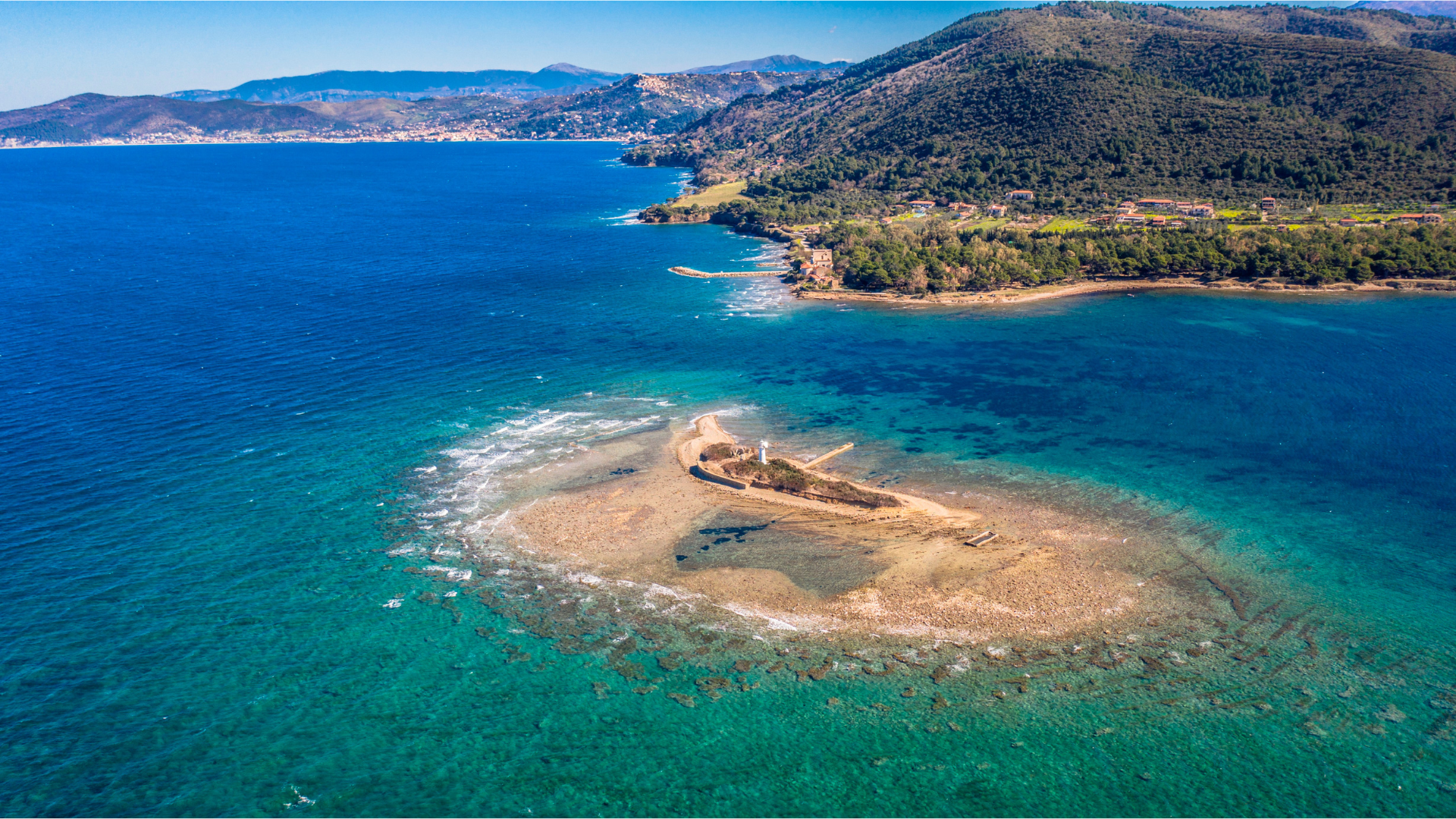
Cilento Coast: towns, Archeological sites, caves and much more!

The Cilento Coast, in the Campania region and not far from the Amalfi Coast, is also called the Cilento region as there is so much more than just a coastline. With its high mountains, rivers, gorges, towns, archaeological sites, caves and of course beaches it really doesn’t get the credit it should.
There are many beautiful historic and seaside towns full where you can still taste tradition; the most famous towns which are definitely worth a visit are Agropoli, Castellabate, Santa Maria di Castellabate, Acciaroli which inspired Hemingway, Palinuro, Camerota, Pisciotta, Punta Licosa, Caselle in Pittari, Teggiano, Padula, Felitto, Vatolla, Castelcivita, Roccacilento and Castelnuovo Cilento.
And there is more, there is a completely abandoned town called Roscigno Vecchia. The old village of Roscigno is a real Museum Town where you can also find the first Museums of Peasant Civilization. Walking through the internal streets of the town you can see the interiors of some of the most dilapidated houses. Steps that climb to entrances to the upper floors and stone streets. A visit is a must!
The Cilento region is mostly famous for its 3 main archaeological sited: Paestum, with three Greek temples still standing and overlooking what is left of the ancient Posidonia and its National Archaeological Museum.
The Velia Archeological Site (Scavi di Velia) which houses the remains of the Greek colony turned Roman municipality.
Last but not least The Certosa di San Lorenzo o di Padula the first charterhouse to be built in Campania. The Carthusian monastery is one of the most splendid baroque complexes in the whole of Italy. It covers an area of about 52,000 sq.m. and consists of 3 cloisters, a garden, a courtyard, a church and a library
Not many people know that there are two important caves in this area.
Let’s start with the Grotte di Pertosa which are very interesting from a paleethnology point of view, recent studies have shown that the cavity was inhabited in the middle-bronze age. Due to the number of pots and jars that were used as milk boilers and utensils typical of that era, it is also assumed that the inhabitants were mostly shepherds and they lived on rafts. These finds are now found in the Prehistoric Ethnographic Museum of Rome, in the National Archaeological Museum of Naples and in the Provincial Museum of Salerno.
The caves can be visited, the first part can be visited with a particular boat pulled by a steel cable, which serves to reach the rest of the pedestrian path.
In the Cilento region we can also find the Grotte di Castelcivita; they are long approximately 4800 m and are one of the largest speleological complexes in southern Italy. The system of underground cavities opens at 94 m above sea level, between the banks of the Calore River and the south-western slope of the Alburni mountains, once in the caves you are immediately taken to a suggestive scenario of tunnels, wide spaces and bottlenecks dug by the millenary action of the karst erosion.
So yes, the Cilento Coastline is beautiful and is home to some of the most famous beaches in Italy, but as you can see, there is so much more and is a perfect place to visit all year round.

